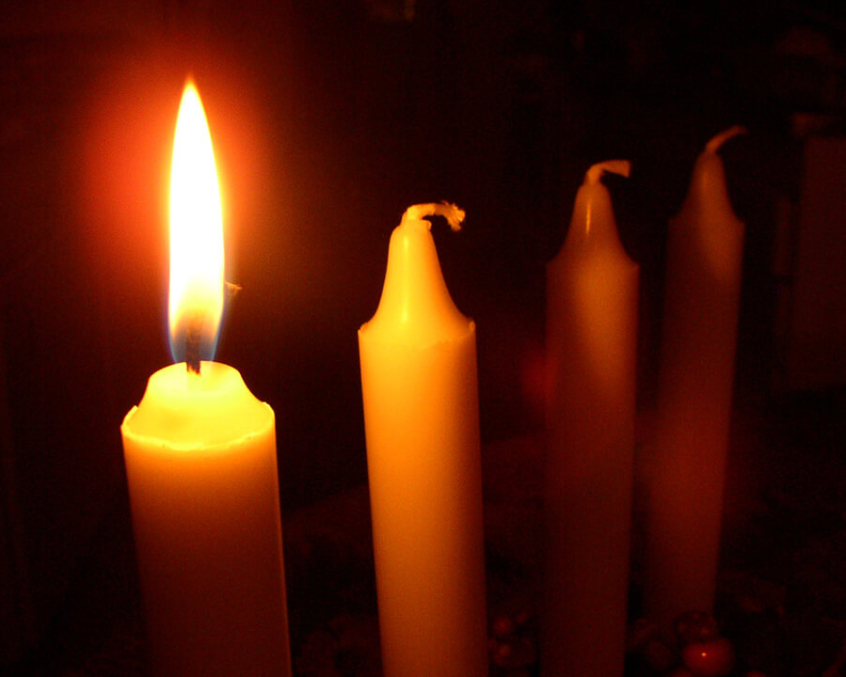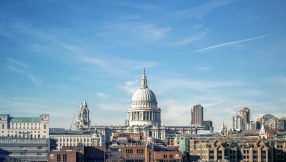
Christians have struggled for many years to get people to focus on "the real meaning of Christmas" in the face of an onslaught from consumerism. The pressure to buy lots of things and produce the "perfect Christmas" is overwhelming.
But the Church season of Advent, which leads up to Christmas, isn't about consuming things at all – not even the chocolate in Advent calendars. It's about leading us through some of the great Christian themes as a preparation for the coming of the Christ-child. So here are 10 things about Advent.
1. It comes from the Latin word "adventus", meaning "coming", which is a translation of the Greek word "parousia".
2. In the early Church, as well as Easter, new Christians were baptized at Epiphany in January. The believers would spend 40 days in penance, prayer and fasting beforehand. Some scholars trace the observance of Advent to this practice – so it didn't have much to do with Christmas at all.
3. The first known mention of Advent is found in the "History of the Franks," which says that in the year 480, St Perpetuus ordered a fast three times a week in the weeks before Christmas.
4. Advent is used to focus our minds on three things: the coming of Christ at Christmas, the coming of Christ into our lives today, and his second coming at the end of time.
5. Many churches use Advent candles and light one every Sunday until Christmas. In some Protestant traditions the first represents the second coming of Christ, the second God's gift of the Bible, the third John the Baptist and the prophets, and the fourth our own calling to shine Christ's light into the world. In Catholic practice one candle represents Mary.
6. A fifth candle is lit on Christmas Day and represents Jesus, the light of the world. In Germany this fifth candle is lit on Christmas Eve, the "Heiligabend" or "Holy Night".
7. Advent hymns include Lo, he comes with clouds descending, O come, O come Emmanuel and Hark, the glad sound.
8. In England in early medieval times people used to carry around an Advent pre-Nativity scene from door to door called an "Advent image" or "vessel cup". It was a box containing representations of Mary and the baby Jesus, decorated with ribbons and apples. It was believed to be unlucky not to see a box before Christmas.
9. In many churches with liturgical traditions there are no flowers during Advent, but there is an Advent wreath. These are made from a circle of evergreen plants like holly and ivy which symbolise that God does not change. The holly is also a symbol of Jesus' crown of thorns.
10. Advent calendars originated in Germany in the late 19th century and soon spread throughout Europe and North America. Originally, the images in Advent calendars were derived from the Old Testament.
Follow @RevMarkWoods on Twitter.













